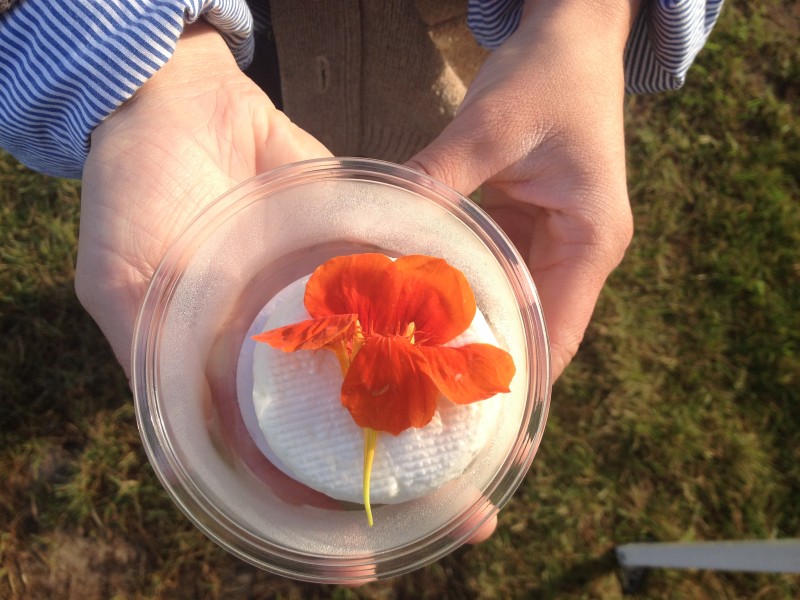
Goat Cheese

Market Look-For’s
- Stark white color—the yellow color in milk comes from beta-carotene passed into the milk from the animal’s diet. Goats do not pass that color into their milk and so an off-white color can indicate improper aging or a problem with the milk.
- For chevre, look for a fluffy texture. This is a fresh cheese and should feel light and pillowy in your mouth
- Aged cheese will have a denser texture because as they age, the moisture evaporates condensing the structure
- Goat cheese is known for its tang. Look for a slightly lemony flavor.
Storage
- Fresh cheeses should be stored in a container with a lid where the cheese is not crammed but fits snuggly within the space. Too much space around the cheese can lead to the cheese drying out.
- Alternatively, wrap the cheese in wax paper
Notes
- I tend towards fresh goat cheeses for their texture and tang. If your choice is between an average fresh cheese or an artisan aged cheese, go for the age. It will provide a different texture to your dish and maybe more salt because aged cheeses tend to be more intense. Taste the cheese and think about how it will interact with the other ingredients and adjust as you see fit.
- Truly special cheeses will show the diet of the animal in their cheese. This flavor will evolve throughout the season as the goats move from pasture to a winter diet of hay.
- Off flavors that are evocative of sweaty animals or the hind-end of the animal can indicate animals confined to too small a space or improper care of the milk.
Recipes Using Goat Cheese
Site by Bryan Morrison

